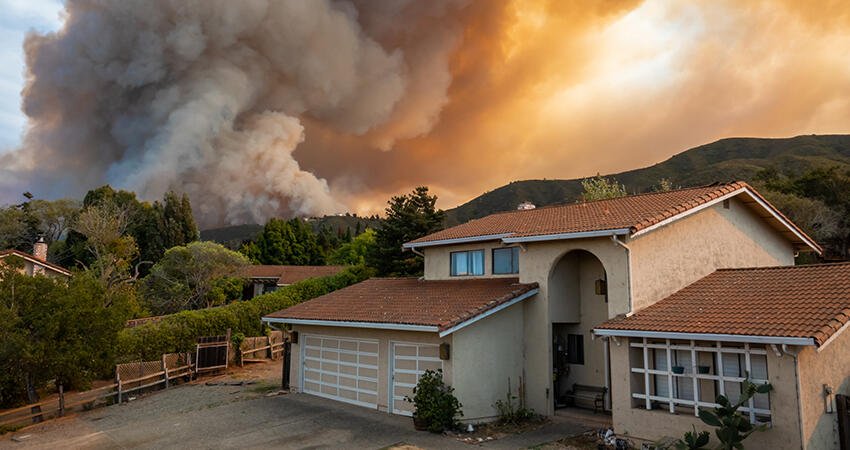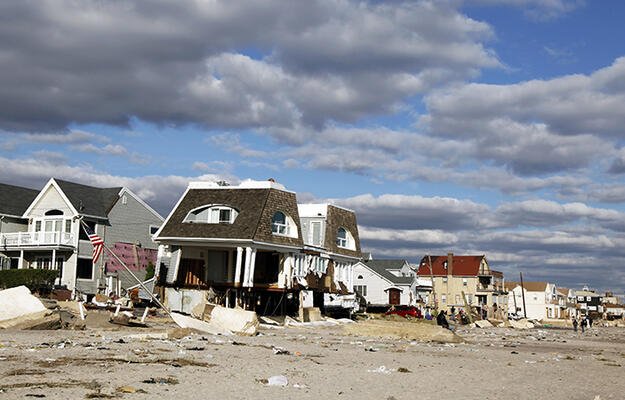
David A Litman/Shutterstock
Local Officials Lack Capacity to Mitigate Wildfires through Land-Use Regulation
- Title:
-
After the fire: Perceptions of land use planning to reduce wildfire risk in eight communities across the United States
- Author:
-
Miranda H. Mockrin, Hillary K. Fishler, Susan I. Stewart
- Source:
- Publication Date:
-
2020
Wildfires are increasing in frequency and severity across the United States because of climate change. And as residential development expands into areas with wildland vegetation, wildfires have caused increasing damage to local communities. Local governments, through their ability to regulate land use and housing characteristics, shoulder much of the responsibility of reducing future wildfire losses through mitigation efforts. But, even after experiencing a wildfire, local governments may hesitate to use land-use planning and regulations to reduce risk.
In a recent study, researchers from the United States Forest Service, Oregon State University, and the University of Wisconsin interviewed 80 government officials and local leaders to understand their perceptions of land-use regulations and their role in mitigating risk of and damage from wildfires. They conducted these interviews in eight study sites (five in the West, two in the Great Plains, and one in the Southeast) where a fire had destroyed at least 20 homes. Interview participants included city planners, emergency managers, fire chiefs, foresters, and natural resource managers. The researchers also interviewed real estate agents and other community leaders and stakeholders actively involved in wildlife recovery and mitigation.
Key findings
- Public objection to land-use planning and changing regulations was the most commonly cited concern across sites, particularly in rural areas with history of little government oversight. Public objection was often the result of residential preferences for privacy and independence.
- In some cases—typically locations with few regulations and more dispersed housing—local government staff themselves thought land-use planning and regulations were not necessary or effective, particularly when homes were situated in areas of high vegetation or far from community resources.
- Officials in sites with a recent history of amenity growth were focused on maintaining economic growth through real estate development and worried that increased regulations could hinder that.
- Local government staff identified a number of challenges to pursuing land-use planning and regulations to reduce wildfire risk, including lack of staff capacity and budgetary constraints. Coordination within and across government agencies complicated efforts to enact land-use regulations, particularly in terms of enforcement.
Policy implications
The authors identified technical assistance as one potential policy option that could increase knowledge of wildfire risks and build capacity to implement plans and regulations. Particularly in rural areas or communities with reduced capacity, technical assistance could provide autonomy for regulation-resistant localities while providing mitigation assistance that considers the context of communities’ unique values and resources.
Wildfire is unique among hazards in that the threat continues to evolve along with development, requiring local communities to adapt strategies over time. Successful examples of using land-use planning and regulations, over time, will be increasingly valuable in disseminating the concept of fire adapted communities.


